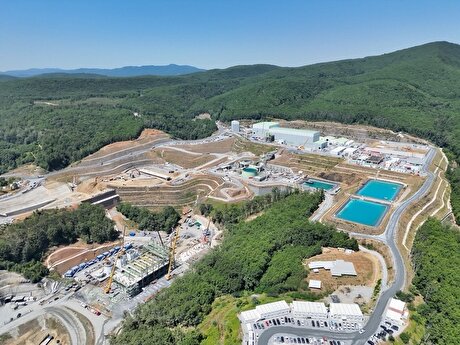
Viewpoint: V falls on higher availability

Average prices for 50pc ferro-vanadium fell to 162,092 yuan/t ($46.10/kg) as of 9 December, down by 40.7pc from Yn273,356/t in the same period of 2018. Prices for 98pc pentoxide flake feedstock averaged Yn153,671/t as of 9 December, down by Yn117,201/t or 43.3pc from Yn270,872/t a year earlier.
Demand from the steel sector is expected to weaken in 2020 on expectations of even slower economic growth in China, environmental inspections, increased use of substitutes such as ferro-niobium and a rise in imports.
Rise in production
The higher availability of vanadium is the result of a rise in China's domestic production and lower exports.
Domestic vanadium producers have been ramping up output since July 2018, in response to higher prices and stronger demand from the steel industry. The introduction of new rebar manufacturing standards in China has increased the alloy's use.
China is expected to have produced 120,000t of vanadium (V2O5 content) this year, up by 32.6pc from 90,500t in 2018.
The country's largest vanadium producer stated-owned Panzhihua Iron and Steel (Pangang), which has a capacity of 40,000 t/yr, produced 41,000t of vanadium this year, up by 3.3pc from 39,700t in 2018. Chengde Iron and Steel, a subsidiary of China's largest steelmaker Hebei Iron and Steel, produced 15,000t this year, up by 68.5pc from 8,900t in 2018.
Major supplier Sichuan Chuanwei yielded 11,000t, up by 22.2pc from 9,000t in 2018. Fellow major producers Sichuan Desheng and Yunnan Desheng produced a combined 12,000t in 2019, up by 33.3pc from 9,000t in 2018. Supplier Chengde Jianlong produced 15,000t this year, a rise of 87.5pc from 8,000t in 2018.
But China exported only 4,425t of 80pc grade ferro-vanadium during January-October 2019, down by 16.8pc from the year-earlier period. The country shipped 4,299t of 98pc grade pentoxide flake over the 10-month period, a fall of 28.5pc from a year earlier.
Chinese suppliers have reduced exports of vanadium pentoxide flake and ferro-vanadium this year as domestic prices are at a premium.
This year's average export prices for 80pc grade ferro-vanadium are $45.93/kg fob China, up by 4.7pc from $43.87/kg for European 78-82pc grade ferro-vanadium duty paid in Rotterdam. Average export prices for 98pc pentoxide flake rose to $10.63/lb this year, 3.4pc higher than the European duty unpaid price of $10.28/lb.
Preference for FeNb
Steel rebar producers have purchased a total 2,100t of ferro-vanadium via public tenders so far this year, down by 60.8pc from 5,359t last year, according to incomplete statistics from steel mills.
Steel mills have reduced their intake of ferro-vanadium and vanadium-nitrogen alloy since the end of the government's rebar quality inspections in August 2019. Producing one tonne of rebar typically requires 0.5kg of 50pc grade ferro-vanadium or 0.31kg of vanadium-nitrogen alloy.
Some steel mills have instead been raising their use of ferro-niobium to replace ferro-vanadium and vanadium-nitrogen alloy since 2018 as ferro-niobium prices are more stable. Kunming Iron and Steel, Guangxi Liuzhou Iron and Steel, Jiangsu Lianfeng Iron and Steel, Jiangsu Pinggang have all bought more ferro-niobium to produce rebar this year.
China imported 35,909t of ferro-niobium in 2018, up by 33.1pc from 2017. It imported 34,423t over January-September this year, up by around 40.1pc from a year earlier.
Pressure to remain
Chinese vanadium prices are expected to remain under pressure from higher capacity and weaker demand from the steel sector in 2020.
The country's output capacity for vanadium (V2O5 content) is forecast to rise to 170,000t next year, up by around 18pc from 144,000 t/yr in 2019.
Chengde Jianlong's capacity is set to increase to 15,000 t/yr in 2020 from 10,000 t/yr this year. Sichuan Chuanwei's capacity is expected to rise to 15,000 t/yr next year from 12,000 t/yr in 2019. Producer Sichuan Zhuoyue is on track to raise its capacity to 8,000 t/yr in 2020, up from 6,000 t/yr this year.
Capacity at Dechang Jiuyuan is set to rise by 1,000 t/yr to 8,000 t/yr next year. Dalian Borong New Material will lift its capacity by 1,000 t/yr to 6,000 t/yr in 2020, while Shaanxi Wuzhou Mining's capacity will rise by 2,000 t/yr to 5,000 t/yr.
Combined capacity at other producers using stone coal as feedstock is forecast to grow by 8,000 t/yr to 20,000 t/yr in 2020.
By Heming Hao

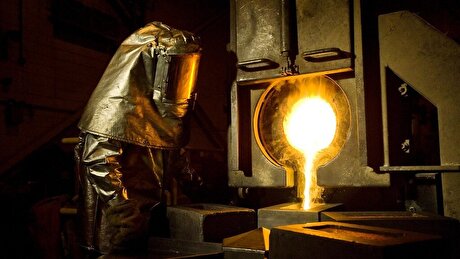
Newmont nets $100M payment related Akyem mine sale

First Quantum scores $1B streaming deal with Royal Gold

Caterpillar sees US tariff hit of up to $1.5 billion this year
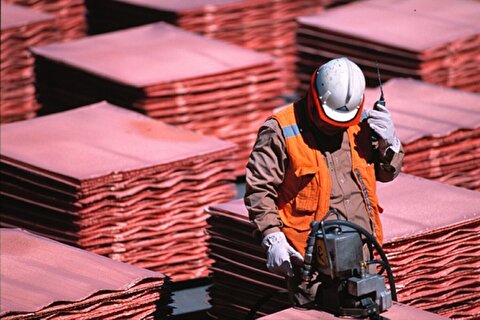
Copper price collapses by 20% as US excludes refined metal from tariffs
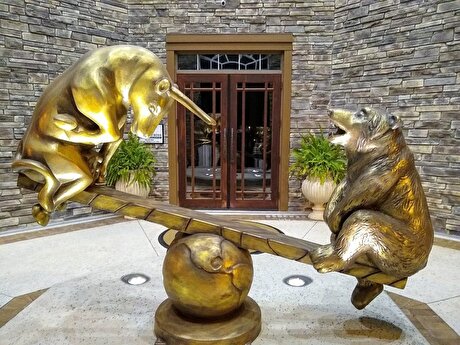
Gold price rebounds nearly 2% on US payrolls data

St Augustine PFS confirms ‘world-class’ potential of Kingking project with $4.2B value
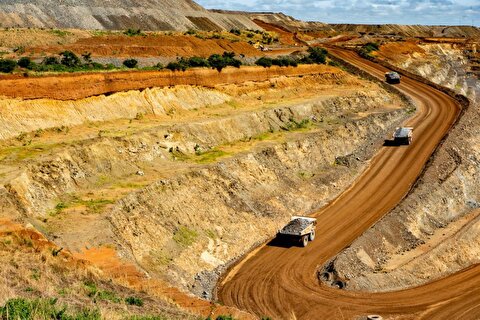
B2Gold gets Mali nod to start underground mining at Fekola
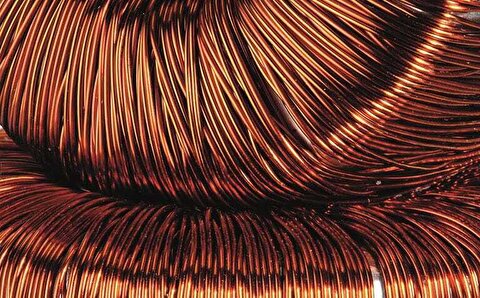
Copper price posts second weekly drop after Trump’s tariff surprise

Goldman told clients to go long copper a day before price plunge
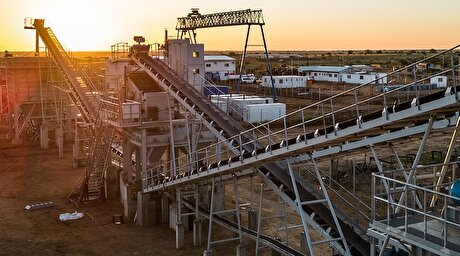
NextSource soars on Mitsubishi Chemical offtake deal

Copper price slips as unwinding of tariff trade boosts LME stockpiles

SAIL Bhilai Steel relies on Danieli proprietary technology to expand plate mill portfolio to higher steel grades

Alba Discloses its Financial Results for the Second Quarter and H1 of 2025
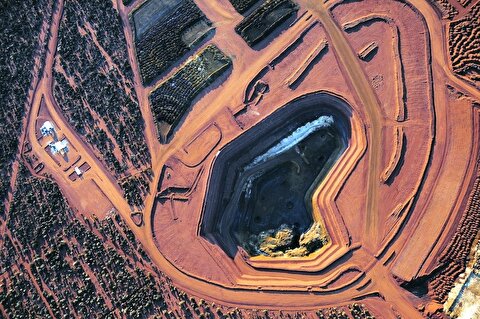
Australia weighs price floor for critical minerals, boosting rare earth miners

Australia pledges $87M to rescue Trafigura’s Nyrstar smelters in critical minerals push

Fresnillo lifts gold forecast on strong first-half surge

Why did copper escape US tariffs when aluminum did not?
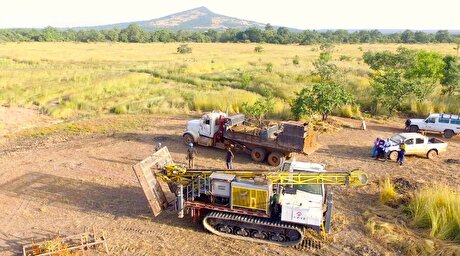
Fortuna rises on improved resource estimate for Senegal gold project

Caterpillar sees US tariff hit of up to $1.5 billion this year

NextSource soars on Mitsubishi Chemical offtake deal

Copper price slips as unwinding of tariff trade boosts LME stockpiles

SAIL Bhilai Steel relies on Danieli proprietary technology to expand plate mill portfolio to higher steel grades

Alba Discloses its Financial Results for the Second Quarter and H1 of 2025

Australia weighs price floor for critical minerals, boosting rare earth miners

Australia pledges $87M to rescue Trafigura’s Nyrstar smelters in critical minerals push

Fresnillo lifts gold forecast on strong first-half surge

Why did copper escape US tariffs when aluminum did not?

Fortuna rises on improved resource estimate for Senegal gold project














